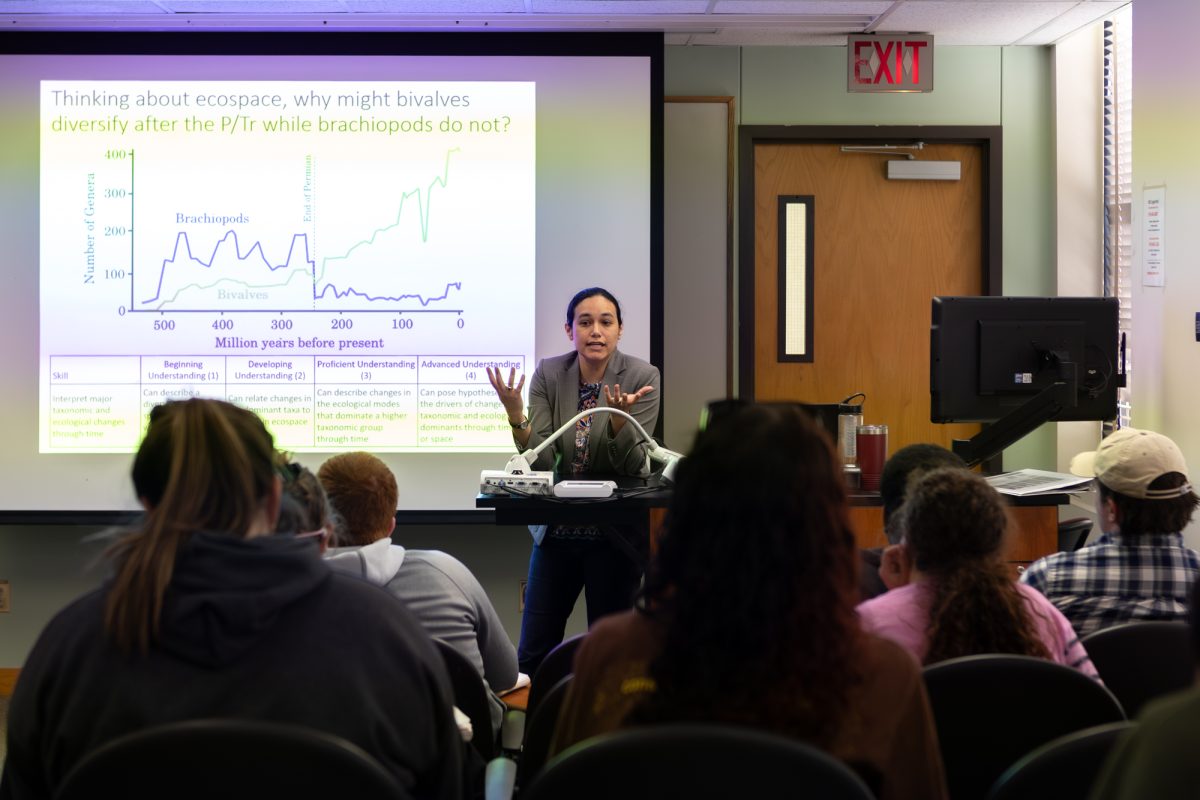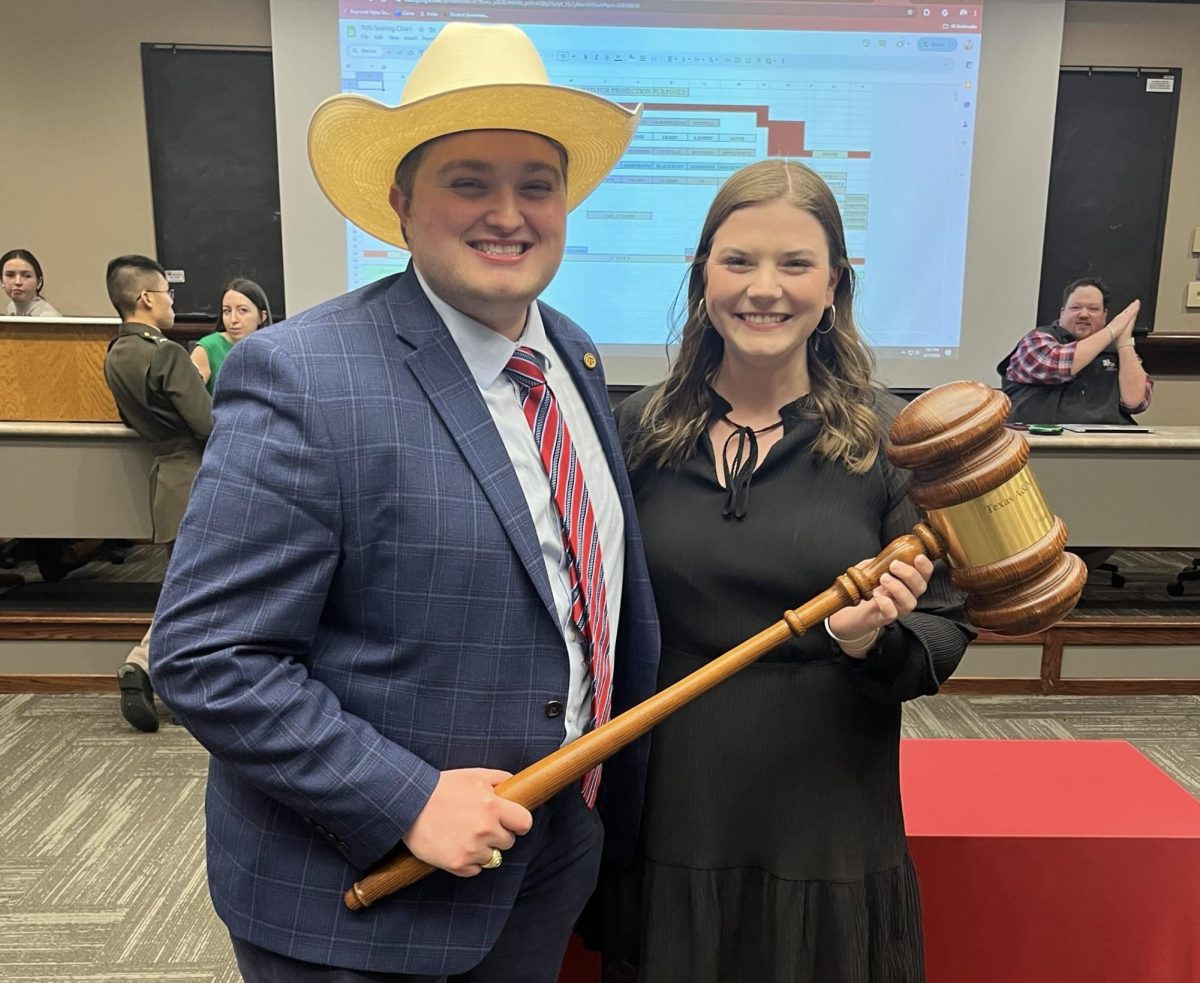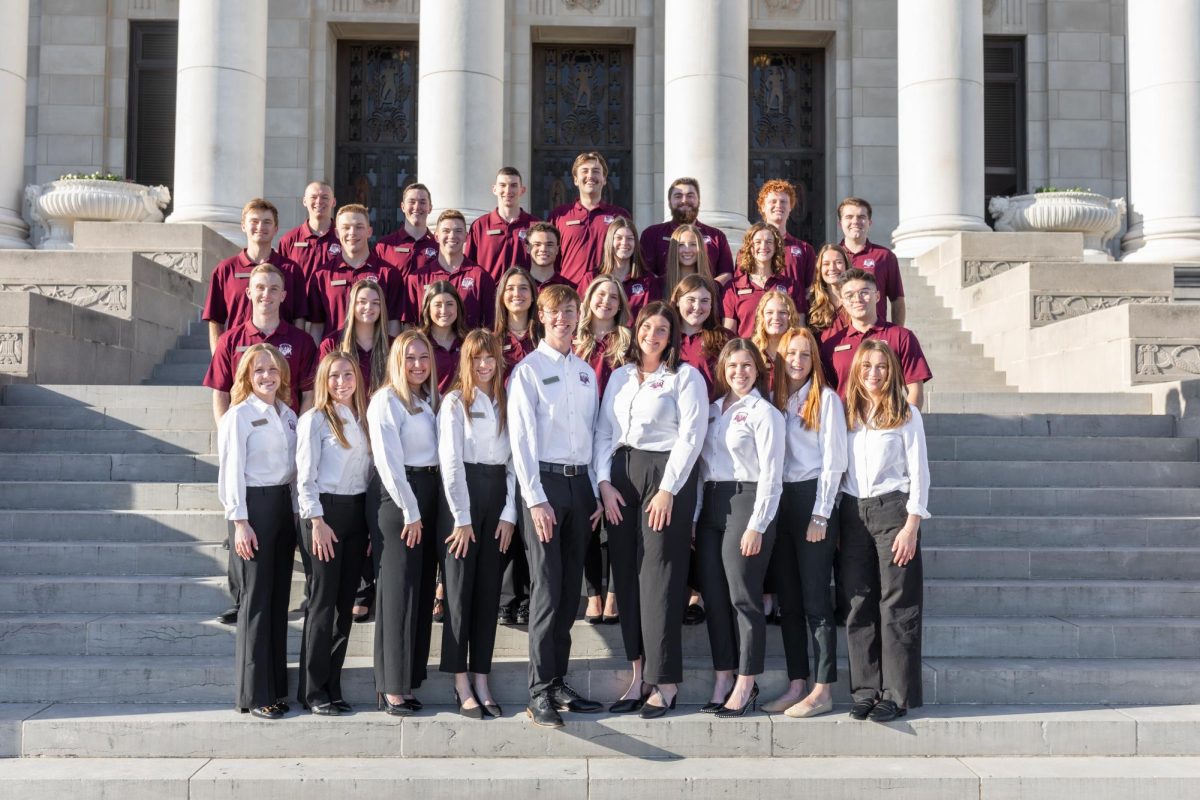Gazing at the stars nearly 400 years ago, Johannes Kepler noticed something out of place — comet tails seemed to be blown about by a “solar wind,” a phenomenon he described as a possible way to propel space ships throughout the heavens. Europeans at the time were eagerly sailing to the New World on wind-driven ships; why not do the same in space?
Kepler’s “solar wind” never gained traction with 17th century explorers and was eventually disproved, but the idea to harness the sun as propulsion has fascinated science fiction fans and scientists ever since. For much of written history, people have seen something fascinating from afar, raised a sail and explored it. The idea that outer space might be so easily traveled is a dream for space enthusiasts everywhere and it took a small step closer to reality this week.
The Planetary Society, a private non-profit space advocacy group, announced Monday that its LightSail spacecraft would launch in May. The launch is just a test — the satellite will only have enough time to test its systems upon deployment before it burns up in re-entry — but LightSail’s emergence is a milestone for two reasons. It will give engineers valuable data about how to successfully launch a second LightSail in 2016, which is expected to fully deploy and use the sun’s light to navigate. And the entire project was developed and funded by private citizens, not governments.
The science behind LightSail is an exploration into the quirky contradictions beyond classical physics. People walk through sunlight every day of their lives, but no one I know of has ever been knocked over by a strong gust of solar wind. Light feels warm, looks beautiful and for everyday reasoning has no mass — unless you’re a rocket scientist.
Light is made up of particles called photons. The massive forces that keep the sun burning emit streams of photons, among other things. While photons don’t have mass in the classical sense, they do have momentum and thus can be modeled as tiny tennis balls. If you throw a tennis ball at a toy boat’s sail, the impact will force the boat forward by a transfer of momentum. LightSail will do the same, but on a larger scale. It will deploy a reflective sheet just 1/4 the thickness of a trash bag over an area of 344 square feet. Millions of photons will strike this surface every second, each imparting a tiny amount of momentum. It is a slow but continuous process that may one day accelerate spacecraft to speeds faster than conventional rockets.
If such technology can be proven, it would open up untold opportunity for space exploration. Spacecraft would no longer need heavy rockets or complicated thrusters. Future men and women may one day see a star that fascinates them, point a spacecraft in the general direction, raise a sail and explore it. And if you venture too far from a star, no worries — future ground-based lasers could one day accelerate lightsail ships far into deep space and beyond. Who knew space travel could be so easy?
John Rangel is an aerospace
engineering junior and science and
technology editor for The Battalion.



























